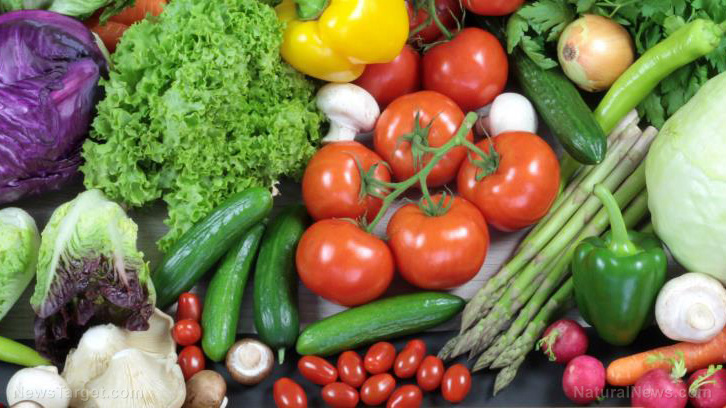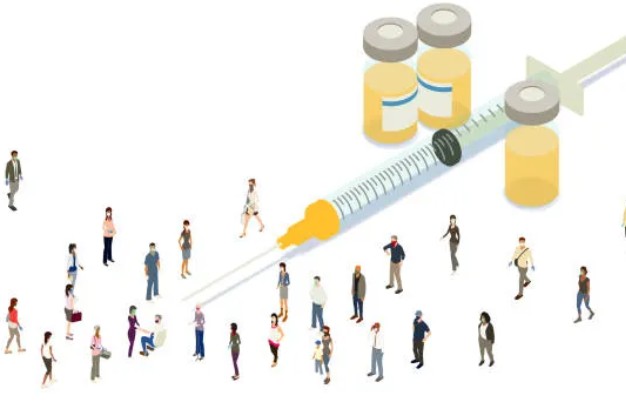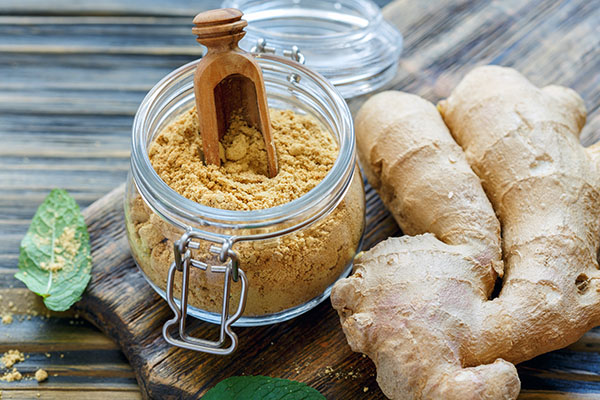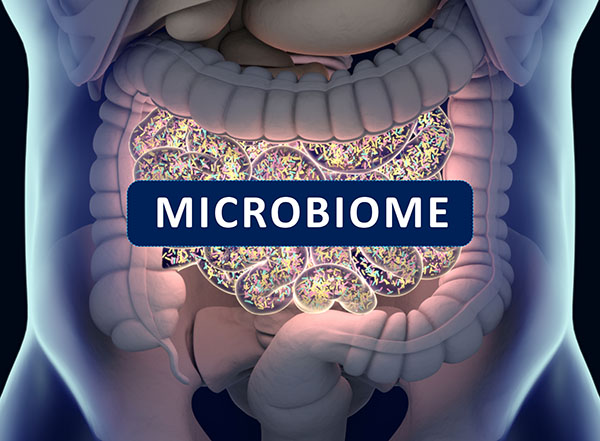Redefining nutrition: How the protein quality revolution could shape your health
08/18/2025 / By Willow Tohi
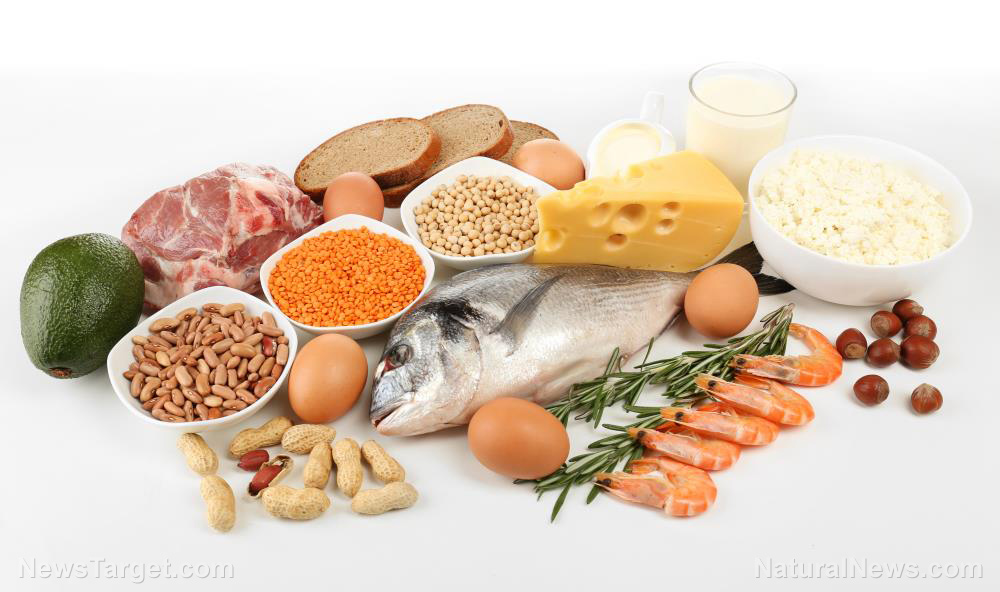
- New DIAAS scoring method reveals protein quality based on amino acid absorption, replacing outdated PDCAAS standards.
- High-quality proteins (e.g., milk, eggs) score above 100 percent DIAAS; plant proteins often fall short due to digestion limitations.
- Practitioners advise prioritizing a mix of animal and plant proteins, with quinoa, legumes and nuts offering versatile options.
- Consumer transparency calls include FDA regulation of protein digestibility labels post-DIAAS research.
- Elderly and fitness enthusiasts, like Sam, see significant results by aligning protein intake with DIAAS-guided choices.
When Sam, a 49-year-old gym enthusiast, failed to meet his muscle-building goals despite rigorous training, he discovered that age and protein quality matter more than quantity. Dietary research now confirms his experience: the effectiveness of protein depends on its amino acid composition and digestibility — a revelation reshaping nutrition science. Scientists, including University of Illinois professor Hans Stein, are advocating for the Digestible Indispensable Amino Acid Score (DIAAS), a groundbreaking metric that prioritizes bioavailability over mere labels. With global health trends favoring plant-based diets and aging populations demanding sustainable muscle maintenance, these findings couldn’t be timelier.
The science behind protein quality
At its core, protein isn’t just fuel — it’s the foundation of biological function. The human body requires nine essential amino acids, which must be obtained through food. “Your diet’s protein quality — not just quantity — determines how efficiently you rebuild muscles, tissues and even neurotransmitters,” explains Stein.
Older methods like PDCAAS, which measured protein efficiency in rats, often skewed results by ignoring human digestibility. DIAAS fixes this by analyzing amino acid absorption in the ileum, the final section of the small intestine just before waste is excreted. This method reveals critical gaps between proteins:
- Animal proteins (e.g., eggs, meat, dairy) consistently score above 100 percent DIAAS, meaning they provide excess amino acids.
- Plant proteins (e.g., legumes, grains) often fall short due to incomplete amino acid profiles or indigestible barriers like phytates.
A 2017 study comparing over 150 foods found plant proteins like pea and soy performed well but lagged behind their animal counterparts.
Practical strategies for optimizing protein intake
Elevating dietary protein quality doesn’t require extreme overhaul. “Combine high-DIAAS foods strategically,” advises Stein, citing examples like Greek yogurt (18 g protein) paired with nuts (4 g extra) or swapping white rice for quinoa, a complete plant protein.
For older adults like Sam, lean meats and dairy — rich in leucine, a muscle-synthesizing amino acid — are key. Research shows that older populations need 25-30 g protein per meal to stimulate muscle growth, double the NASEM’s 2015 guidelines of 0.8g/kg for younger adults.
Plant-focused eaters can compensate by mixing legumes with grains (e.g., lentils and rice) or choosing fortified plant proteins. And while supplements such as whey protein remain effective, Stein stresses cost considerations: “Dairy delivers quality and affordability without synthetic additives.”
Aging bodies, evolving diets: Historical shifts and modern implications
The drive for precise protein assessment traces to early 20th-century studies on malnutrition, but the need for accuracy is acute today. With global life expectancy nearing 74 years and chronic diseases linked to muscle loss (sarcopenia), optimizing protein intake is a public health imperative.
Historically, protein-rich diets meant regional staples — Europe’s dairy-heavy cultures versus Asia’s soy-centric meals. Now, climate-conscious consumers favor plant proteins, but DIAAS challenges such choices: a cup of kidney beans (13 g protein) scores only 67 percent DIAAS, compared to beef’s 109 percent.
“While sustainability matters, we must ensure plant proteins get fortified or combined to meet amino needs,” says Stein. His team’s 2025 data suggests innovations in lentil and spinach processing could improve digestibility — progress yet to reach mainstream shoppers.
The road ahead: Transparency and empowerment
The DIAAS revolution hinges on systemic change. Stein’s FDA advocacy underscores transparency: labels listing digestibility scores would mirror calorie counts, letting consumers compare pea protein (73 percent) against eggs (147 percent).
For now, apps like MyFitnessPal incorporate DIAAS metrics, empowering users like Sam to track progress. After two months of targeted eating—prioritizing eggs, grilled chicken and whey protein — he gained 4 lbs of muscle and shed 8 percent body fat, proof of DIAAS’s real-world impact.
Until broader regulations catch up, nutrition experts advise diversifying protein sources daily and cooking methods (e.g., soaking grains to weaken starches). “Nutrition isn’t a quick fix — it’s adapting to what your body actually absorbs,” Stein concludes.
Quality over quantity — the future of dietary health
The DIAAS standard ushers in an era where protein isn’t just about grams, but science-driven transparency. For Sam, a shift in perspective and protein quality transformed his physique. As aging populations and climate concerns reshape diets, the onus is on policymakers and producers to ensure that “high protein” nutrition labels meet rigorous, human-centric standards. The future of eating, it turns out, hinges on understanding precisely what our bodies can and cannot utilize.
Sources for this article include:
Submit a correction >>
Tagged Under:
#nutrition, amino acid, breakthrough, Censored Science, chronic diseases, fitness, food science, health science, longevity, men's health, natural health, nutrients, protein, protein quality, research, sarcopenia, women's health
This article may contain statements that reflect the opinion of the author


